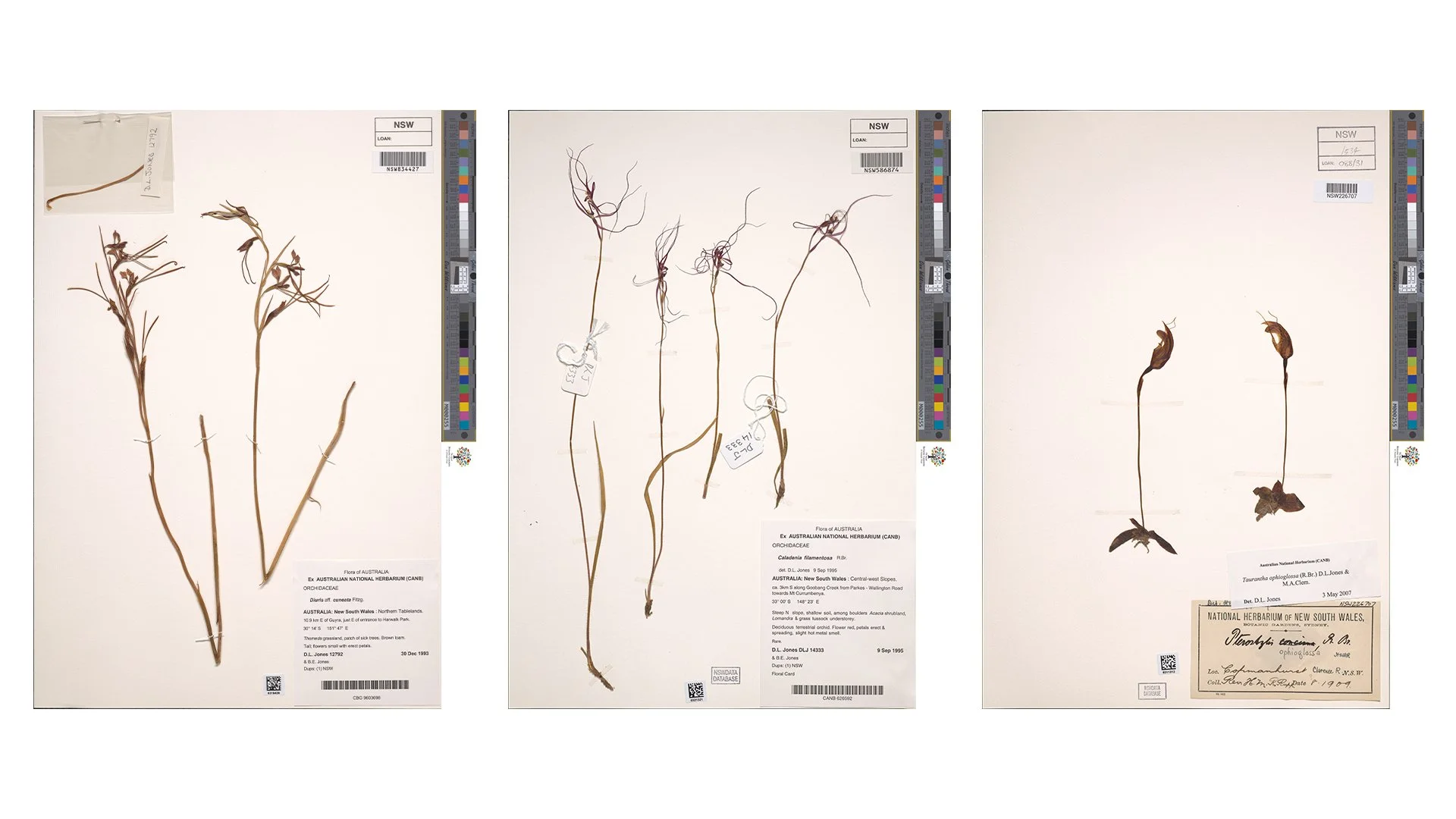MACHINE CULTIVARS
Machine cultivars - Volume Ø (Orchids)
Machine cultivars - Volume Ø (Orchids) is a multi-layered fine art project that utilizes open herbarium datasets to explore how machine learning models can materialize into tangible brass sculptures and work-on-paper.
This project represents the critical inception of a three-volume series examining how machine learning reinterprets historical archives.
As a recepient of the inaugral Leonardo.ai Imagination grant, I will deliver Volume Ø (Orchids) - a fully documented prototype producing digital, sculptural, and paper-based works, establishing the conceptual, material, and technical foundation for future volumes to be presented.
To cultivate an orchid is to intervene.
Where wild orchids once evolved through ecological systems and natural selection, cultivated orchids are sustained through human intervention - finding their place within ecological culture as artefacts of human desire and control. This project examines cultivation as it migrates into the technological domain, positioning machine learning as a continuum site of cultivation where the same dynamics of intervention and dependency endure
Engaging the open image archive of uncultivated Australian orchid pressings held in the NSW Herbarium (Mount Annan, New South Wales), a dataset will be optimized to train a custom model. The model becomes a generative environment that “cultivates” new botanical morphologies. In this transposition, the dynamics of cultivation persist: the orchid’s dependency on human intervention finds its parallel in the model’s reliance on optimization, refinement, aesthetic bias, and algorithmic control
The model’s digital outputs are vectorized and inscribed by machines onto brass plates. Each plate functions as a die for blind embossing - pressed without ink - onto paper. The raised reliefs appear as traces of forms that never existed, registering the presence of absence. Together, the sculptural brass dies and works on paper are preserved as tactile, fossilized records of the models cultivated orchids, mirroring the ontologies of preservation found in the original herbarium dataset
I feel that the project invites viewers to reconsider the supposed divide between nature and technology, revealing their structural and ontological continuity. Drawing on technologist Yuk Hui’s Recursivity and Contingency,the project rejects the separation of nature and machine, treating technological systems as continuations of organic becoming - recursive systems in which “a looping movement of returning to itself in order to determine itself”. Similarly, we witness the model looping back on its own archive to explore emergent morphologies that arise, adapt, and hybridize in the long continuum of cultivation
Drawing on new materialist and cybernetic ideas, the work treats machine learning as a site for digital ecology, where dynamic entanglement recursively entwines with natural systems
STAY TUNED
